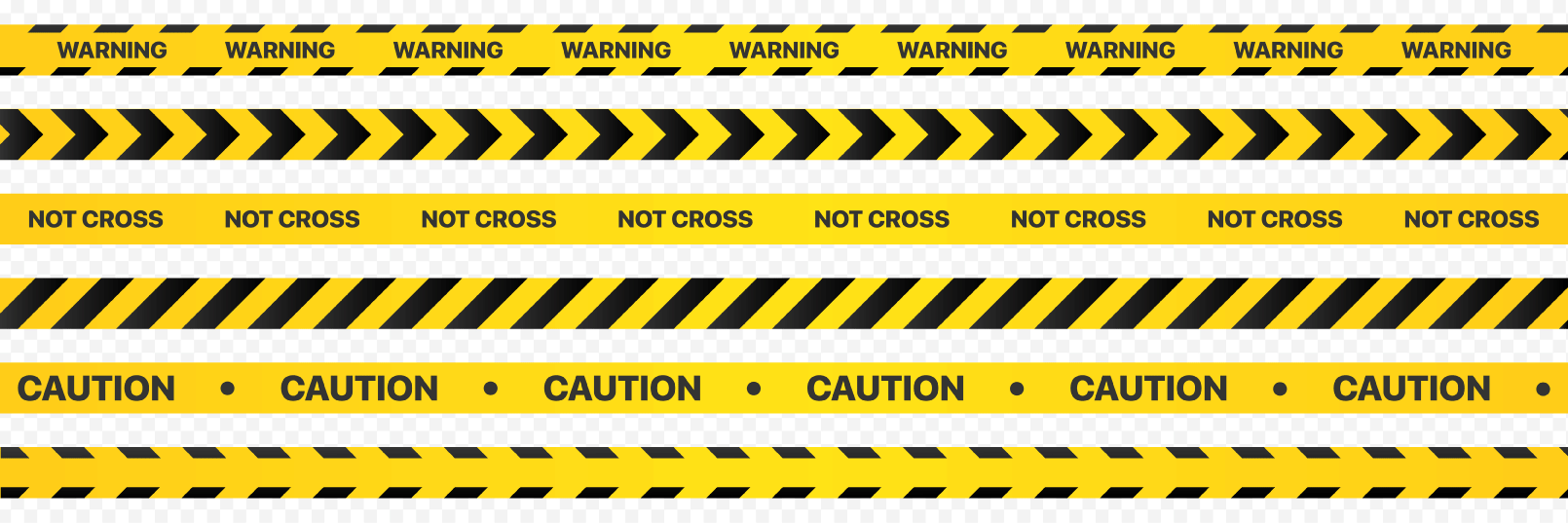Build a sense of safety
Retraining your brain with cues of safety and health
You’re safe
If you’re sick because your nervous system is over activated and you’re in a chronic fight-flight-freeze state, then the solution is to help your nervous system return to a state of safety and calm. All of the other techniques on this site help with this, but ultimately, a lot of the work is changing how your brain perceives your symptoms and your emotions. On this page, I list some of the techniques I found helpful in building a sense of safety.
Uncovering the root of the fear
I argue that there are two primary sources of fear for people who are dealing with chronic conditions: fear of the symptoms themselves, and fear of our repressed thoughts and emotions. In either case, fear is what triggers and exacerbates the symptoms, however you need to understand which source you’re dealing with in order to calm your nervous system. If you have an unconscious fear of repressed emotions, then doing brain retraining to help with symptoms won’t help. Alternatively, if you only fear your symptoms and you’re comfortable feeling your emotions, then a JournalSpeak practice is probably not necessary (although I still recommend it for overall mental well-being!).
People whose nervous systems were over-activated by a fear of their symptoms can work primarily with techniques similar to those described here, or they may find it useful to pay for one of the brain-retraining programs (I list some below, but I can’t vouch for them). Unfortunately, people whose nervous systems were over-activated by an unconscious repression of thoughts and emotions will likely end up with a fear of both the emotions and of the physical symptoms. If you’re in the latter group (as I was), you’ll want to practice all of the techniques on this page, as well as all of the other techniques on this site.
Somatic tracking
There’s an odd paradox in which change can only happen once you accept things as they are. That’s the case with symptoms and brain retraining. As long as you resist the symptom or the emotion, your body and brain will perceive the symptom as something to fear. This will exacerbate your health issues because it keeps your nervous system in an over-activated state. In order to heal, you have to first learn to feel safe with everything exactly as it is. Only then can your body start to change how it responds. This is why somatic tracking is so important and powerful.
Somatic tracking is when you sit with the sensations in your body — typically pain sensations or other uncomfortable, scary symptoms, but also difficult thoughts and emotions — and learn to feel safe with them. It’s a practice of accepting the symptom or experience exactly as it is, without judgment and without wishing it was different. Your goal is not to make the symptom go away — it probably won’t — but rather to be okay with the symptom.
My experience with somatic tracking is based off of the teachings of Alan Gordon, and it’s a practice that I found critical to recovery.
Gordon has a free 21-day program that I used to learn somatic tracking, and I also found his podcasts to be really helpful in reinforcing my understanding of how these techniques work. I also liked his book, although, it’s not necessary if cost is an issue for you — personally, I found his free resources more helpful. Additionally, he was part of a really interesting study that found over 60% of patients were pain free or nearly pain free after 4 weeks of brain retraining, as opposed to 20% who improved with a placebo and 10% who improved continuing with whatever treatment plan they were already on.
Messages of safety
Reminding yourself that you’re safe and that your body is not fragile is a powerful way to deal with a fear of symptoms. You can use this during a somatic tracking exercise. As you sit with the symptom, repeat to yourself that you’re safe, that you’re healthy, that the symptom is just a misfire from your brain, that you no longer need to have the symptom, and that your brain does not need to keep making you aware of the symptom.
If you’re up for it, you can also practice working through messages of safety while you do an activity that has previously triggered symptoms. For example, if you’re scared to run because you have chronic knee pain, you can try going for a jog and reminding yourself and your knee that nothing is wrong and you won’t break. There are a number of programs that offer various messages that you can test out on yourself.
If you try this for your symptoms and it doesn’t help — or worse, if you end up with post-exertional malaise (PEM) — then you likely have a fear around emotional issues in addition to the fear of the symptoms. In this case, I recommend working through JournalSpeak first, and then, as you uncover the emotional issues that are triggering your symptoms, you can begin to address those specifically.
For example, let’s say you find that work or exercise are triggers for you because you previously pushed yourself too hard. In that case, your messages of safety can be around reminding yourself that you’re safe now because you understand the issue and you will stop whenever your mind or body feel overwhelmed. Or perhaps exercise is a trigger because you have trauma trapped in your body. If that’s the case, you’ll first want to build up your internal resources to deal with the bigger emotions associated with past traumas (which takes time and that’s okay!). Then, when you’re ready, you can reassure your mind and body that if something does come up, then you can take a break from the exercise and allow yourself to feel and process the big emotion.
Visualize success
Visualizing yourself successfully doing something is a pretty standard practice, and it can help with brain retraining as well. I found it helpful when I was worried about symptoms specifically. If there’s an activity you’re concerned will trigger symptoms, you can visualize yourself successfully pursuing the activity without issues. You can also visualize yourself doing the activity, imagine the pain or symptoms that might arise, and give yourself the positive messages of safety during the visualization. That way you can practice messages of safety and you can start to prime your brain with the idea that the activity is safe. This is something that you can practice in bed until you’re ready to start trying the activity for real. You can also use this practice to try to make sure you understand what your underlying fears are.
Reinforce the idea that you’re taking care of yourself (by doing so!)
As you do this work, especially if you have a JournalSpeak practice, you may find that your unconscious mind does not trust your conscious self to do what your body needs. This seems to be a common issue and it can be a big factor in whether or not your nervous system remains over-activated. Using the other techniques on this site, can help address this, but you’ll also need to practice awareness and self-care during potentially triggering activities.
When you do an activity that could be triggering, make sure to pause regularly — much more often than you think you need to — and check in with your body. How do you feel? Do you have tension anywhere? Do you know why you have tension? Can you identify why your body or nervous system might be feeling more stress now? Can you keep going or should you stop the activity? By checking in and honoring what your body needs, you’ll reinforce that your conscious self can be trusted to take care of your body and nervous system, and that you’ll make decisions that keep you safe.
Experience and build awareness around your success
Every time something goes right, and you do a little more without triggering symptoms, make sure you pause and take note of your success. Notice the where the success feels good in your body. Notice if some of the tension has eased. Notice if you feel a little lighter in your chest or shoulders. Notice if your symptoms didn’t get triggered. Notice if you feel happiness or pride. Notice if you feel a little stronger physically or cognitively. Notice if you feel more connected to the world around you. Notice anything else that might feel positive to you. This reinforces the message to your brain and nervous system that you’re safe and that you can handle the activity. You can also think back to your successes any time you start to worry about whether you can do something in the future, and you can remember all of those positive things that you experienced the last time.
Get help
I found there was far more advice and programs available for addressing feelings of safety around physical symptoms than there was for addressing repressed emotional issues. So this is a space where I think it can be really helpful to try programs. I found that Alan Gordon’s work (see above) was sufficient for me to address fears of symptoms, but many other people that I’ve spoken with used other programs, watched other videos, listened to other podcasts, or read other books that they found more helpful. I’ve listed a couple of the more affordable ones that I’m familiar with below. I will not vouch for any program, especially not any of the paid programs, but if you’re struggling with this component of healing, you might want to consider trying a program.
Learn more
In the articles below, I dive deeper into topics, tools, and techniques regarding this component of healing. This is where I share what I did to heal and where I’ll add updates as I learn new information on these issues. So make sure to look through these posts as well.
Other Resources
The Healing Pathways Newsletter
Get the latest posts and information about how to heal and reset your nervous system by signing up for the newsletter.









